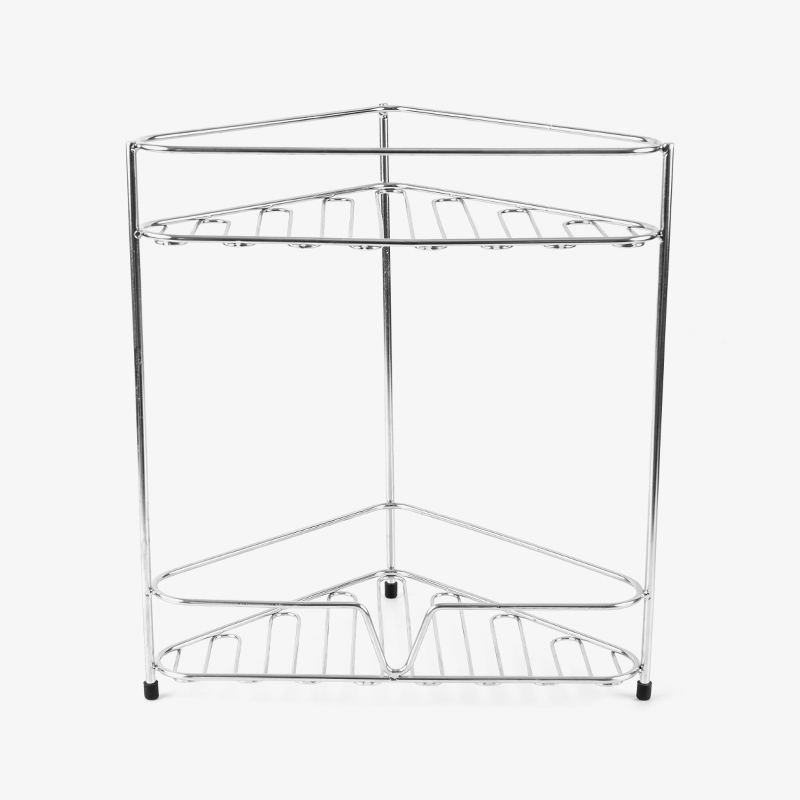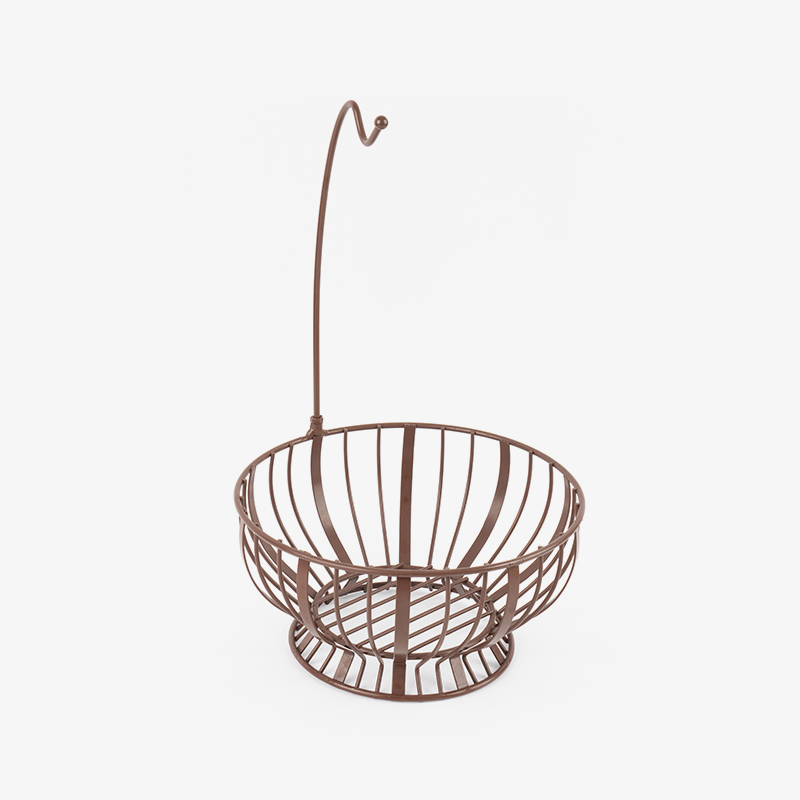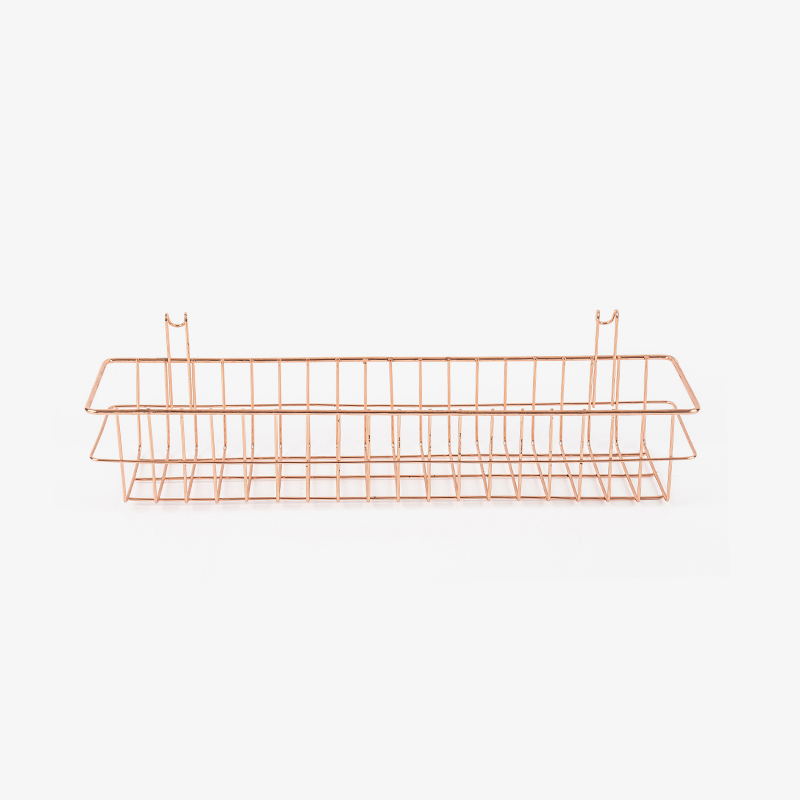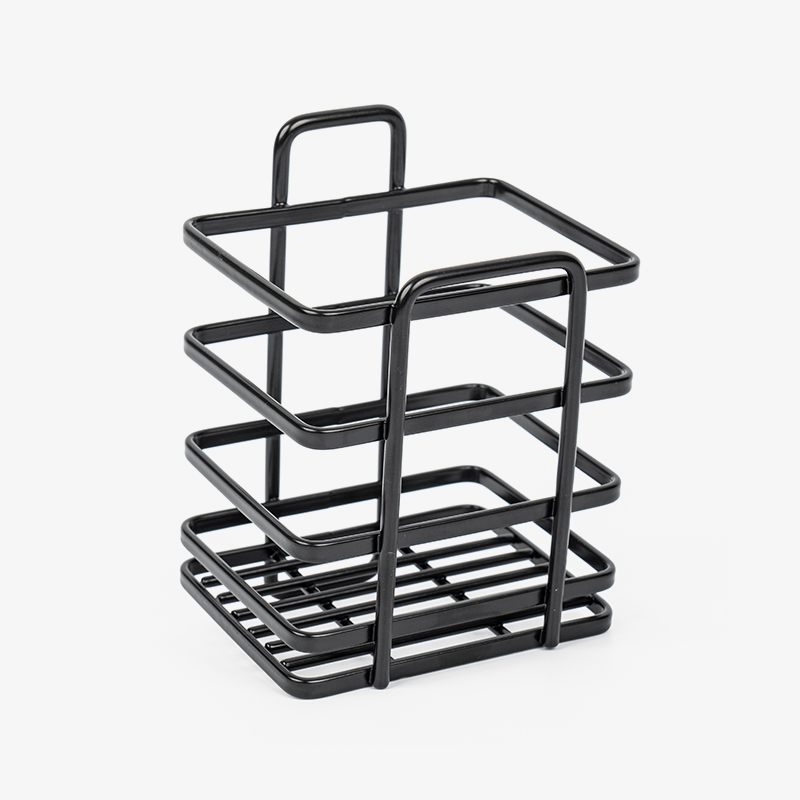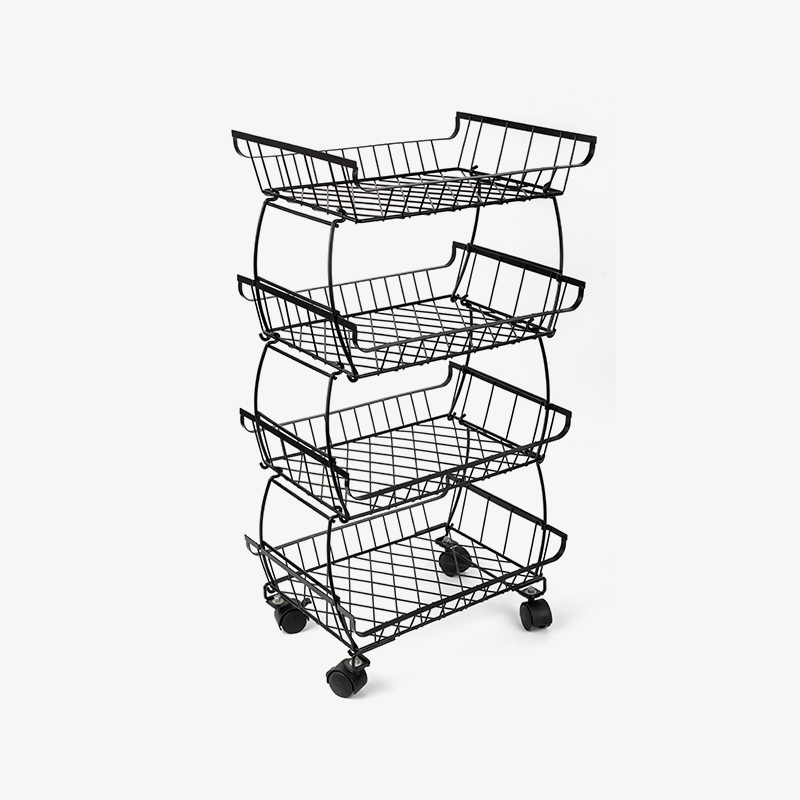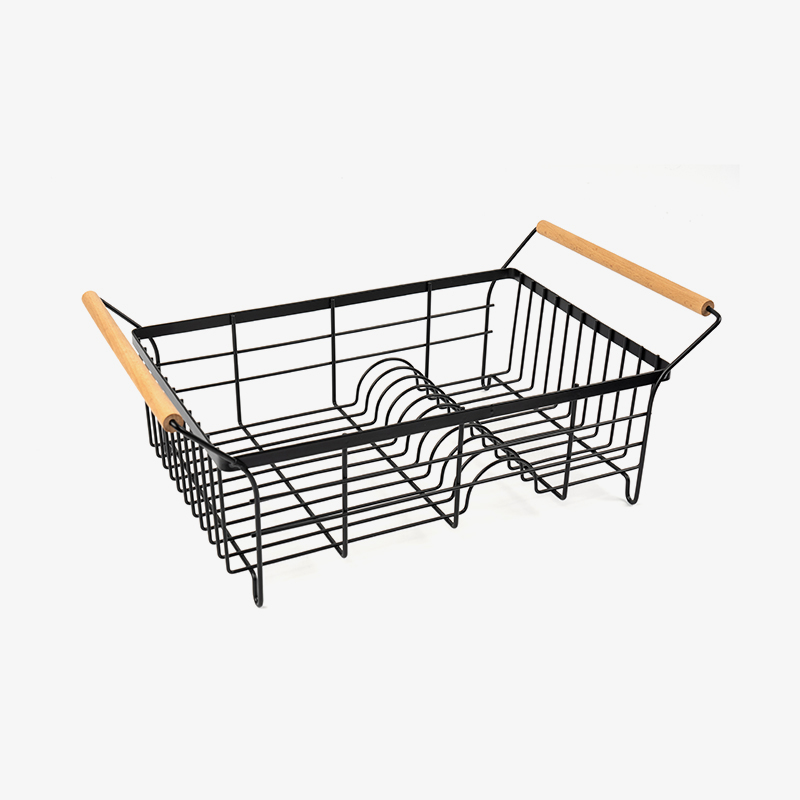1. Material advantages
The chromium oxide protective film formed on the surface of stainless steel bowl racks can effectively resist the erosion of water, salt and acidic substances, and it is not easy to rust or precipitate harmful substances after long-term use. The surface of stainless steel is smooth and non-porous, which is not easy to breed bacteria, and can be directly washed with detergent or high-temperature water. In contrast, plastic bowl racks are prone to aging and release toxic substances (such as bisphenol A may be decomposed at high temperatures) due to long-term contact with oil stains; wooden/bamboo bowl racks are prone to mold and deformation in humid environments.
2. Functionality and use experience
Stainless steel bowl racks mostly use hollow bottom plate + inclined water guide groove to accelerate water evaporation and avoid mold growth. Wooden bowl racks have strong water absorption and are prone to causing tableware to become wet. Plastic bowl racks have low drainage efficiency and are difficult to handle. A single layer of stainless steel frame can bear 8-10 kg and will not deform after long-term use. Stainless steel bowl racks are often equipped with modular designs such as removable partitions, knife racks, and chopping board racks, which support flexible layout adjustment, while wooden or bamboo bowl racks have limited scalability and are difficult to adapt to a variety of tableware.
3. Applicable scenarios and maintenance costs
High temperature tolerance: Stainless steel can withstand temperatures above 1200℃, suitable for placing hot tableware or near the stove. Stainless steel is stable under high humidity conditions in the kitchen. Although aluminum alloy is corrosion-resistant, it is easy to oxidize and discolor.
The service life of stainless steel bowl racks can reach more than 10 years, while plastic bowl racks need to be replaced in 1-2 years, and wooden bowl racks need regular maintenance (such as oiling to prevent mildew), and the comprehensive maintenance cost is higher.



 Español
Español عربى
عربى